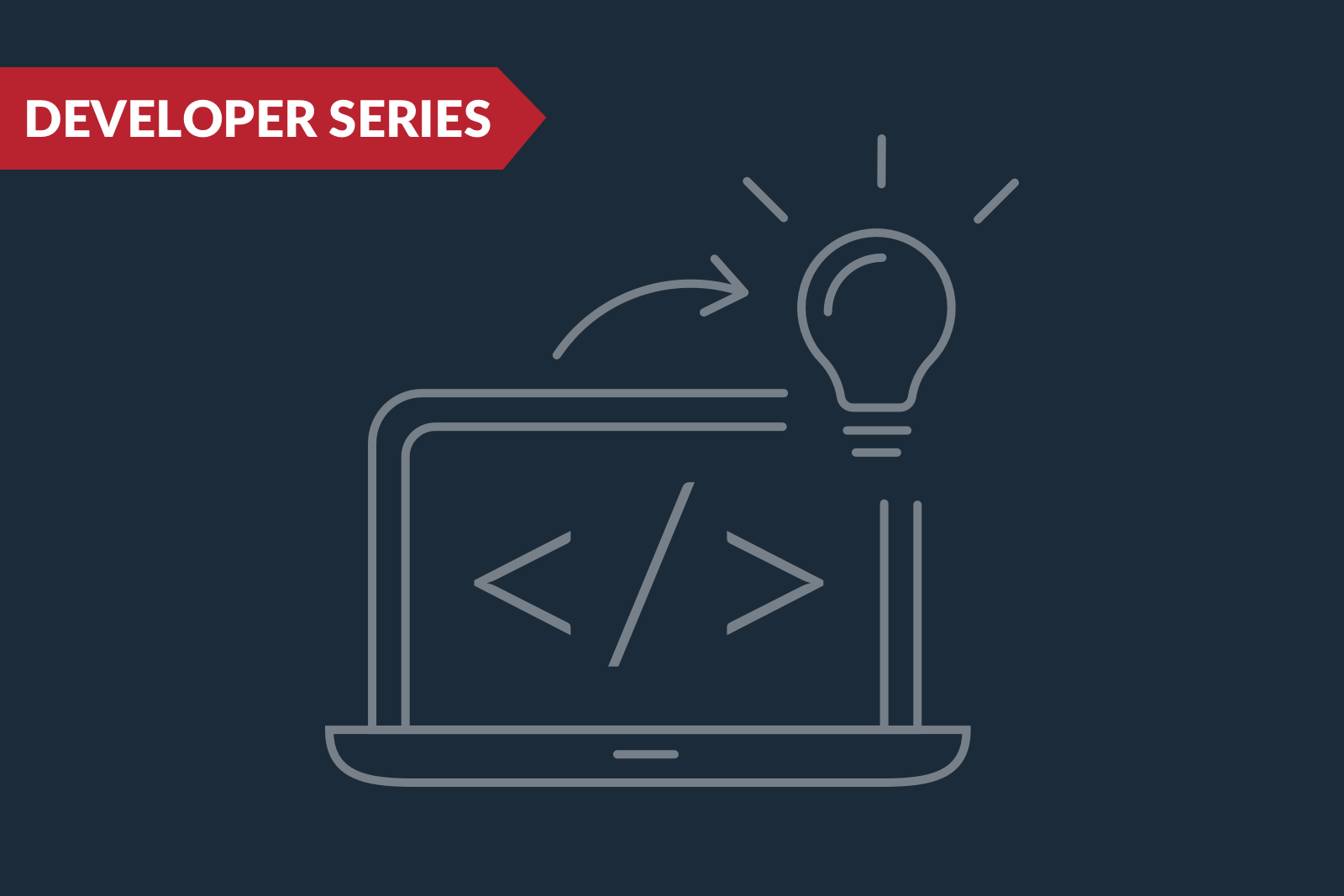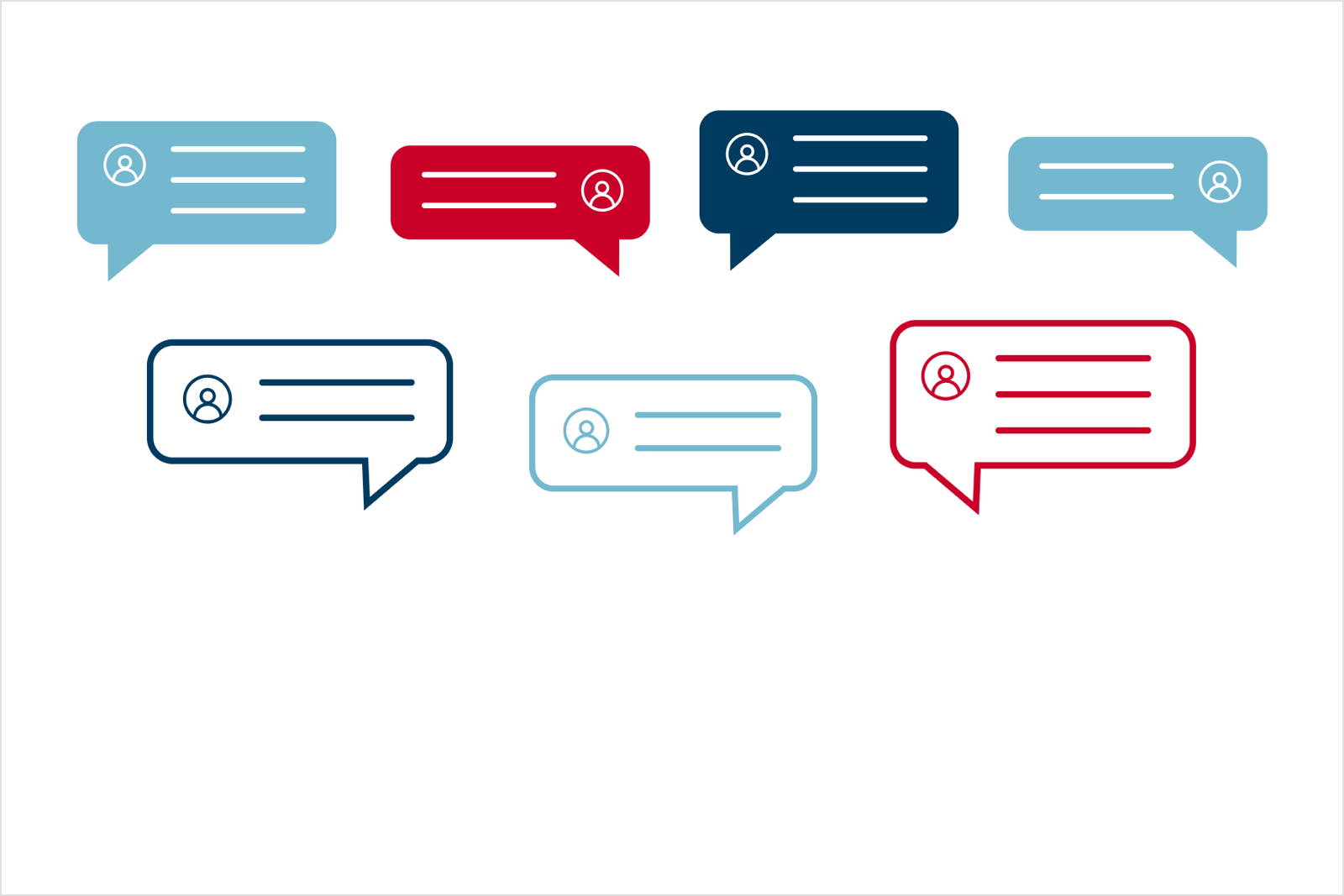Closing Email Marketing's Permission Gap
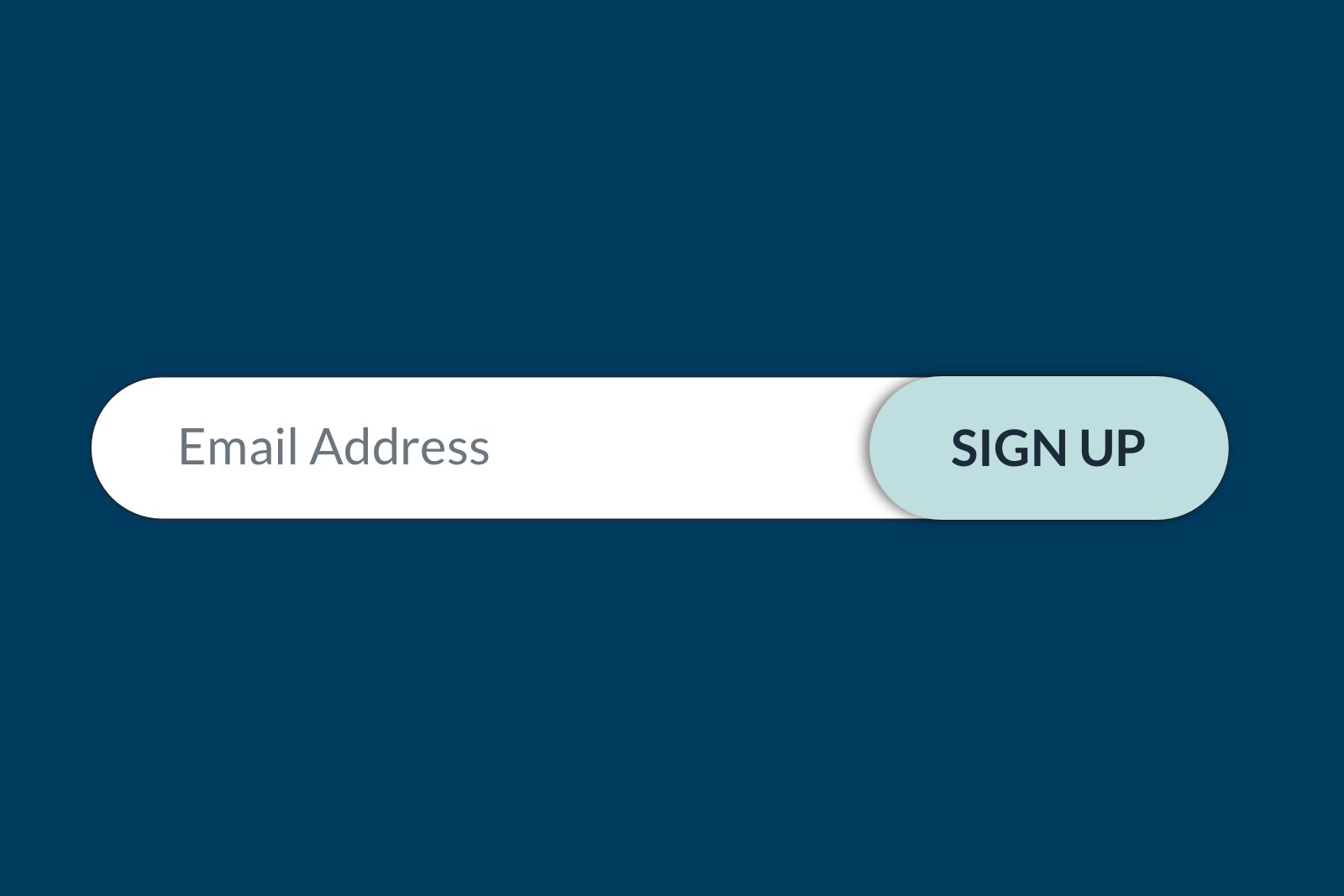
Four email campaigns to help marketers fill that gap
Conventional wisdom says email marketing requires explicit permission. In other words, consumers must proactively opt in to receive marketing email. However, the legal requirements are actually more marketing friendly than that.
The permission gap isn’t a gap in explicit consent, it’s a gap in marketers’ understanding of their emailable audience. Marketers who know who is emailable will grow and maintain email reach, driving brand loyalty and business results.
Relevant legislation
What do the laws actually say? The most applicable legislation in the United States is the CAN-SPAM Act of 2003, and there’s more folklore than fact regarding its content.
One example is the erroneous belief that commercial emails can only be sent to people who explicitly opt in. In reality, the central restriction of CAN-SPAM relates to honoring opt-outs rather than getting upfront permission.
As Christopher Brown, an attorney for the Federal Trade Commission, clarified in a 2015 interview: “The CAN-SPAM Act doesn’t require initiators of commercial email to get recipients’ consent before sending them commercial email. In other words, there is no opt-in requirement.”
In theory, that means you can send marketing emails to almost everyone you have email addresses for.
The guidelines in place for commercial email are likely less restrictive than you think:
-
CAN-SPAM: Honor opt-outs.
This opt-out law doesn’t require prior consent from recipients to be sent commercial messages.
-
California Consumer Privacy Act (CCPA): Explain your privacy practices.
CCPA gives consumers more control over the personal information businesses collect about them. Email addresses are viewed as personally identifiable information (PII). And, if an individual has exercised their right to opt out of the “sale” of their information or to “delete” their information, marketers must comply with the request and have mechanisms to avoid further use of that personal information, including email marketing.
-
Canadian Anti-Spam Law (CASL): Acquire implied or expressed consent.
This is the Canadian equivalent to CAN-SPAM. Unlike the U.S. law—which allows sending emails without permission until a user opts out—Canada requires at least implied consent.
-
General Data Protection Regulation (GDPR): State your use of data, ensure its protection, and honor opt-outs.
More restrictive than CCPA, the European Union’s GDPR requires prior consent to even collect individuals’ PII and requires at least implied consent to send a marketing email. While relevant to email marketing, the focus is on data use and protection.
Not all campaigns and situations are the same, so consult your internal legal and compliance teams for your organization’s policies related to email marketing. Once any legal obstacles are cleared, email marketing teams must consider and manage other hurdles.
Potential risks
Emailing recipients without explicit consent has potential negative repercussions if not managed properly. Let’s first illustrate with the customer experience.
If recipients don’t see value in a message or understand why they’re receiving it, they may unsubscribe, complain, or just tune out. That impacts engagement and brand perception.
Additionally, if many recipients complain, unsubscribe, or bounce, internet service providers may begin viewing your IP address as a bad actor. They may start sorting your campaigns into the dreaded junk folder. The remediation required to get back into inboxes is likely to require significant time and money.
Good upfront management—e.g., careful segmentation, respectful messaging, and throttled deployment—can help avoid the potential downside of low-permission campaigns.
Campaign concepts to fill the gap
Expanding your campaigns to reach all permissible audiences has a significant upside. Email marketing is a proven discipline with a track record of engaging and moving recipients to action.
Here are four potential campaign designs that can help maximize the impact of an email. You may want to consider adding one or more to your brand’s engagement plans.*
-
Permission campaign
Consumers who are otherwise engaged with a brand can have many reasons for not opting in to communications. A poorly stated opt-in value proposition, lackluster user experience, and other barriers might be undermining your opt-ins. But clearly customers who purchase your products online or read your content have some affinity for your brand. Permission campaigns—limited, low-ask communications that restate the value of opting in to email communications—can expand your emailable reach in short order.
-
Permission split campaign
As your content strategy evolves, so should your permissions. Permission split campaigns keep people who have opted in broadly (i.e., to all email communications) selected as campaign types become more granular. So their “all email communications” opt-in transfers when your messaging becomes more tailored. Splits are a good way to personalize your content and hedge potential opt-outs with opt-downs.

Broad opt-in (left) is often used to gain explicit permission. As cadence options evolve, that permission is extended to the subcategories (right).
-
Engagement signal campaign
If you’ve shopped for furniture or clothes online recently, you’re probably familiar with this campaign type. Simply browsing sofa options and reviews, then get an email showcasing sofa deals suspiciously similar to your activity? Brands might use their customer data platform (CDP) or social widgets to match your device with your email identity and enable the campaign. This campaign aims to address individual motivations and advance the purchase journey by converting interest into action.
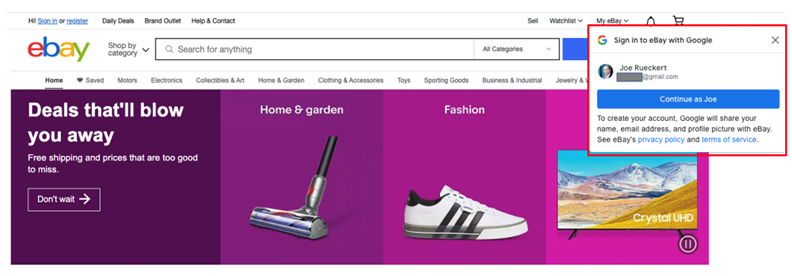
eBay allows users to use their Google identity to connect device activity with the user’s mailable attributes. This example requires the user to affirmatively give consent to connect, which eBay could use to personalize email marketing.
-
Sampler campaign
One way to overcome low permission levels is to demonstrate immediate value to the recipient. Beyond stating the value proposition, these campaigns deliver actual value—perhaps a free trial period for paid content or access to exclusive benefits. The goal is to motivate recipients to actively consent to ongoing participation.
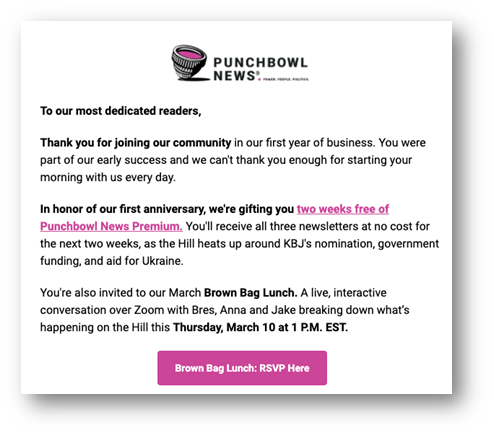
The paid political newsletter Punchbowl News provides two weeks of their premium newsletter to showcase its benefits.
Gapless email marketing
Building loyalty through brand-led, full-funnel experiences requires full use of email marketing. Email is well suited to delivering personalized and scalable experiences. Email marketers that shed self-imposed restrictions on their ability to reach and engage customers will better serve their customers while improving the business bottom line.
*These campaigns are suggested for users who haven’t explicitly opted in or explicitly opted out. The examples assume U.S. recipients, but the principles could extend to other countries. These are concepts; be sure to design your campaigns to align with your brand’s legal and compliance guidance.
Joe Rueckert is senior director, strategic services, for The Lacek Group, a Minneapolis-based data-driven loyalty, experience, and customer engagement agency that has been delivering personalization at scale for its world-class clients for more than 30 years. The Lacek Group is an Ogilvy company.
